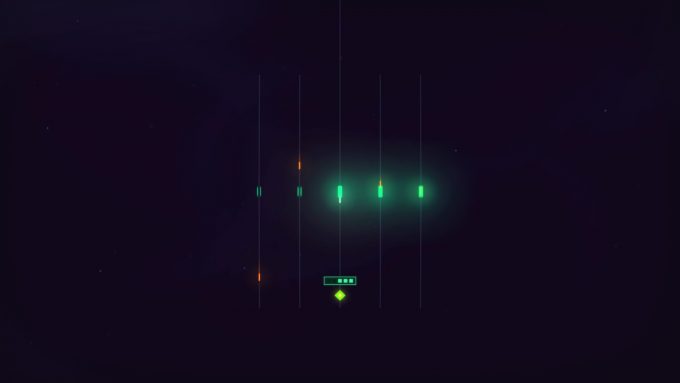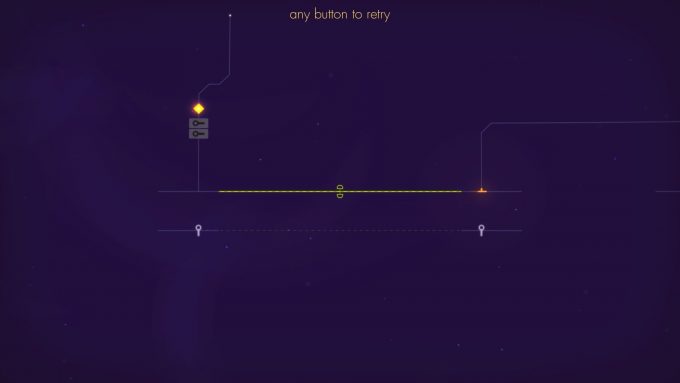Every now and then, I play a game that I immediately categorize as “meditative.” This purely personal categorization isn’t limited by length or genre, but is a very loose compilation of games that I play and can zone out while playing. RimWorld is on that list. Final Fantasy VIII and Final Fantasy XIV are both on that list. Gears of War 2’s horde mode is on that list.
Linelight is on that list, too.
A minimalist puzzler, the actual game is almost less about solving the puzzles presented, and more about experiencing the game as a whole. You certainly need to work to solve the puzzles immediately in front of you, but once you make it to the end of the line — finishing the world — you’re briefly shown how much you completed.
It’s easy to finish a world without getting everything done, and the worlds themselves are bigger than they seem; invisible paths connect to the main path all over, leading to secret, more difficult side puzzles. Sometimes these secret puzzles utilize mechanics not yet encountered in the game, and sometimes they’re relatively straightforward.
For example, early on in the second world I stumbled on one of these secret puzzles, and bashed my head against it as I slowly picked up on the timing and trick to beating it. Once cleared, I returned to the critical path, and in short order began encountering the beginnings of the mechanic I had just learned.

I think the idea is that once you’ve beaten the game, you would return and hunt these secrets down, armed with the knowledge of how to clear them, but there was an odd sense of satisfaction in being able to quickly clear my way through the world, having taught myself the trick before I was meant to know it.
The actual teaching of mechanics holds to the same minimalist sense that the rest of the game has. Instead of a wordy explanation on how to manipulate a certain type of enemy, it simply shows a single button prompt and lets you experiment safely until you understand both what the button does, and how the enemy is responding.

On the opposite side of that coin, respawning is quick an easy. If you die or otherwise make it so you are unable to proceed, one button press will immediately respawn you at the start of the section you’re on. There’s no load time and no waiting. With the downtime of load screens removed entirely, even brute forcing your way to a solution remains a peaceful endeavor. There’s simply no time to brood on your mistakes, when you can immediately try again and again.

I’ve mentioned it before, in other reviews, but I’m not especially invested in music. I don’t have any favorite bands, and don’t particularly enjoy listening to it. The accompanying music in Linelight, though, works well. It’s serene and unobtrusive, lending itself easily and expertly to the overall relaxing nature of the game. It’s difficult to imagine playing through a game like Linelight without the music, which is maybe higher praise than it might otherwise seem. The music is, in a word, essential.
If you’re looking for a puzzle game that will push you to your limits, there are other choices. If the newest graphics are what you want, the style of Linelight might not work for you. If, however, you want something you can unwind with — something you can play for a few minutes when you need to relax, Linelight is certainly that.
This review is based on a PSN code sent to SideQuesting by the publisher.



No Comments